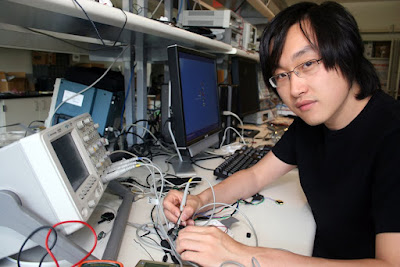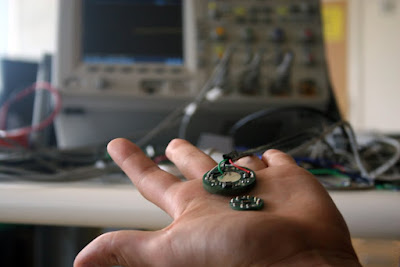UC San Diego computer scientists are presenting
a new “green computing” paper on Thursday June 24 in Boston at the 2010 USENIX Annual Technical Conference. (
read the full story here and
check out photos here)
The paper presents the latest on a UC San Diego technology that enables people who usually keep their work computers on all night and over the weekend to put them in low-power sleep mode before they go home. Also, SleepServer allows people to maintain an active presence on voice over IP, IM and peer to peer networks.
Over a two week period last September, 30 people in the computer science building at UC San Diego saved 60 percent energy, on average, compared to leaving the computer on 24/7 (which is what many of the people were doing).
UC San Diego Research Scientist
Yuvraj Agarwal from the Department of Computer Science and Engineering developed SleepServer, and its technological predecessor
Somniloquy. (Agarwal earned his PhD in computer science from UC San Diego in 2009).
There are related solutions out there, but according to Agarwal, none of the other solutions are able to run pared down versions of applications such as Skype in order to maintain network presence even when the computer is in sleep mode.
“SleepServer: A Software-Only Approach for Reducing the Energy Consumption of PCs within Enterprise Environments” by Yuvraj Agarwal, Stefan Savage and Rajesh Gupta from the Department of Computer Science and Engineering (CSE) at the UC San Diego Jacobs School of Engineering.
In Proceedings of the USENIX Annual Technical Conference (USENIX ATC '10), June 2010.

















































